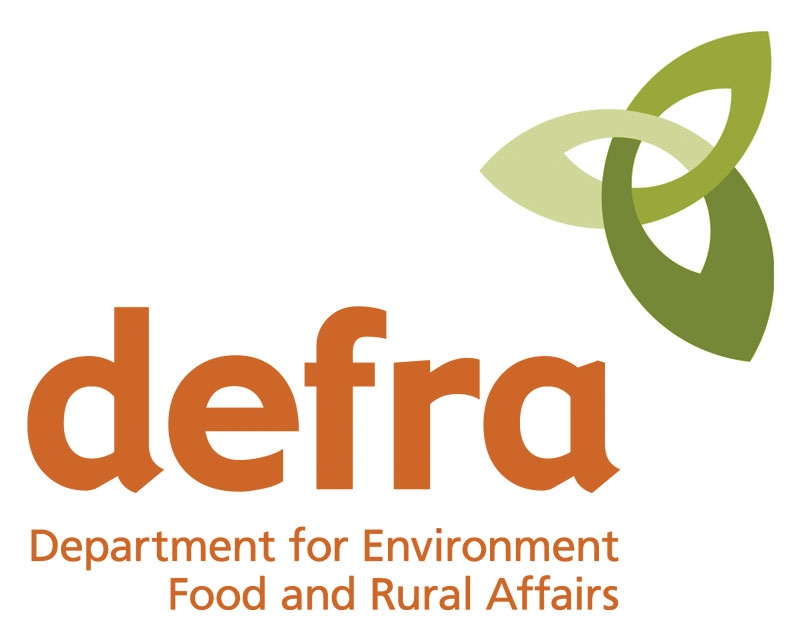Important Things to Consider When Buying A Wood Burning Stove
As you’re looking for a wood burning stove, gas or even a multifuel stove, you might have been told very many things about them, or you might have even gone out and got your own information on what you need to look out for. We’ve prepared a small list of things that you might want to ensure you know before you take the plunge into purchasing a stove either online or offline.
Is Your Stove CE Approved?

First of all, you’ll want to ensure that the stove in question is CE Approved. While it sounds quite a silly thing to mention (From July 2013 all stove manufacturers are legally required to ensure that their products meet European Conformity standards) there is the very prominent fact that the CE mark has historically been misused in a lot of industries – including stoves.
There have been reports of stoves being offered for sale with very misleading use of the CE Mark – with some cases of stoves showing logos which are very aesthetically similar to the CE Mark, and also displaying the same letters – but instead of “European Compliance” instead standing for “China Export”.
While indeed there is absolutely nothing wrong with the cheaper Chinese stoves which are filling the market, they have not been subjected to tests which assess operation safety, construction quality, heat output and other factors which affect efficiency and safety.
You don’t have to be afraid that online retailers are going to take you for a ride. For instance, FiresOnline sell a variety of stoves from well-respected and distinguished manufacturers such as Villager wood burning Stoves, Charnwood Stoves and so very many more – and all stoves at FiresOnline are from manufacturers which are well known for their quality. You can be assured that every branded stove at FiresOnline comes with a full manufacturer’s guarantee, as we only sell genuine originals.
Recess Space and DEFRA
 Ensure your recess space is adequate. You’ll need your stove to fit in your recess space (of course) but you’ll want to make sure that there’s plenty of room for the required air gaps around the stove. It can be quite disheartening to select the perfect stove and think the measurements are done perfectly, only to be let down by something that most people forget.
Ensure your recess space is adequate. You’ll need your stove to fit in your recess space (of course) but you’ll want to make sure that there’s plenty of room for the required air gaps around the stove. It can be quite disheartening to select the perfect stove and think the measurements are done perfectly, only to be let down by something that most people forget.
If you’re in a smoke control area, you’ll more than likely need to get a DEFRA / SE exempt stove in order to burn wood. It is well worth checking if you are in a smokeless zone, as fines and penalties can reach up to £1000 should you be found to be in violation of this. You can find out if you’re in a smoke-controlled area by visiting the Government’s website and putting in your postcode. Even if you’re mostly sure, it’s best just to confirm.
Saying that, what exactly is the difference between a DEFRA exempt stove and another one? The answer is that generally, the differences between a DEFRA exempt stove and a non-exempt stove are few and far between – but they are there. The main result of this is that DEFRA exemption means that a stove cannot be closed down to full slumber, and burns all of the time – which means that it is not likely to shoot part-burned combustibles such as soot skyward, which is better for the environment. Manufacturers like Charnwood wood burning stoves are very well known for their DEFRA exempted stoves.
DEFRA exempt stoves, because of this, are also far less likely to clog flue pipes, which means that 5-inch flues are allowed with them. This means that DEFRA exempt stoves may even be a viable solution for those with very narrow chimneys.
